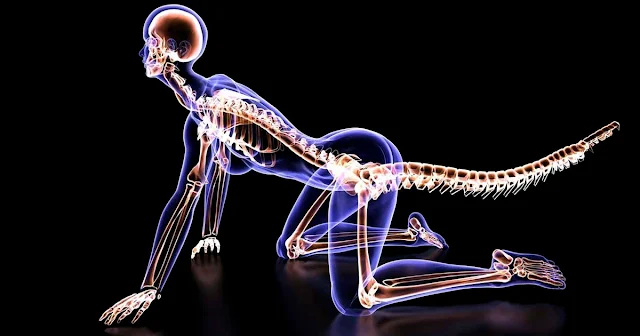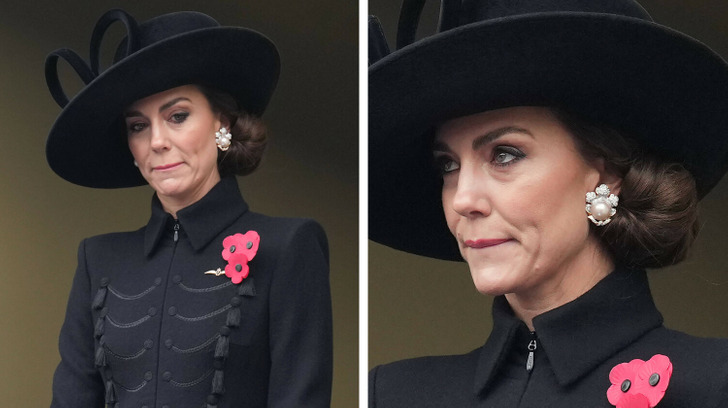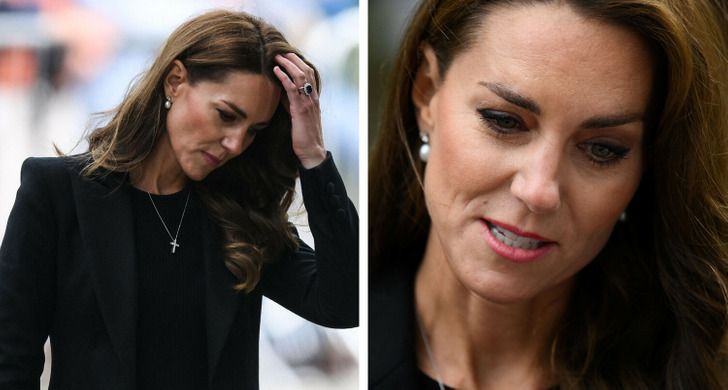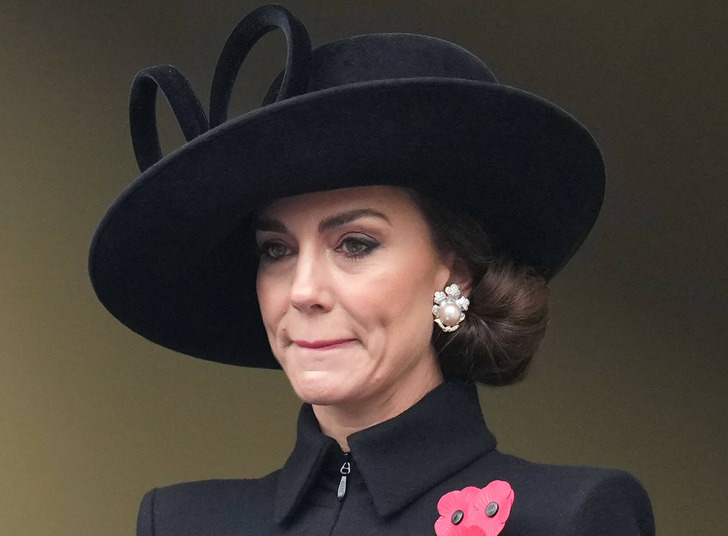One of the most remarkable changes in human evolution is the loss of our tails, a transformation that occurred around 25 million years ago. This pivotal shift not only altered the trajectory of our species but also marked a significant moment in the evolutionary history of primates. While scientists have long speculated on why humans lost their tails, the genetic cause has remained elusive—until now. A recent study published in Nature has finally uncovered the genetic factors responsible for this evolutionary change.

The Quest to Understand Tail Loss
The journey to unravel the mystery of human tail loss began in an unexpected way. Bo Xia, a graduate student at New York University, was inspired to investigate the origins of the human tailbone after injuring his own coccyx. This personal curiosity led Xia and his team to embark on a groundbreaking scientific investigation.
Through careful research, the team focused on the TBXT gene, which plays a crucial role in regulating tail length in various species. Their research revealed a unique genetic mutation within this gene, providing a major breakthrough in understanding human evolution.
The Role of Jumping Genes
A key aspect of this discovery lies in the role of Alu elements, often called “jumping genes.” These genetic elements, specific to primates, can move within the genome and cause significant changes. The researchers found that Alu elements inserted themselves into the TBXT gene, triggering a chain reaction that led to the loss of our tails.
This insertion activated a process known as alternative splicing, where RNA molecules are cut and restructured, which ultimately led to the deletion of a crucial exon. This change altered the structure and function of the resulting protein, leading to the tail loss seen in humans.
Validation Through Mice Studies
To confirm their findings, the researchers engineered laboratory mice with the same genetic mutations found in humans and apes. These genetically altered mice lost their tails, providing compelling evidence that the identified mutation plays a crucial role in the absence of tails in humans and other primates.
However, the study also uncovered a downside to tail loss: an increased risk of neural tube defects, such as spina bifida. This finding highlights the complex balance between evolutionary benefits and potential genetic trade-offs.
The Broader Implications
This discovery has profound implications not just for understanding human evolution, but also for human anatomy and health. The loss of our tails was not a random event but a genetic adaptation with lasting consequences. It illustrates the complex relationship between genetic changes and the way they shape our physiology over time.
As we continue to study our evolutionary past, these findings remind us of the intricate process of natural selection and genetic innovation that has shaped humanity. This breakthrough also underscores the power of scientific inquiry in uncovering the mysteries of our origins, offering insight into the past that can help us understand our future.
The identification of the genetic reasons behind tail loss is a testament to the persistence of scientific exploration and the ongoing quest for knowledge about our evolutionary journey.
The Poignant Reason Why Kate Middleton’s Surgery Is Kept Secret
Buckingham Palace shared information regarding the medical procedures undergone by King Charles and Kate Middleton, yet they employed different approaches. Regarding King Charles, the announcement preceded his operation, while for Kate, it was delayed until after her surgery. Insider sources suggest a deliberate decision behind this disparate timing strategy.

According to a palace insider, “It was sensible to be more open about it, as otherwise, people might have thought the worst.”
The official statement emphasized King Charles’s desire to address his diagnosis openly to destigmatize seeking treatment. T
his strategy appears effective, with reports indicating a substantial 1,000% surge in individuals accessing information about prostate enlargement on the U.K.’s National Health Service website following the king’s disclosure.

The rationale behind informing the public about King Charles’ medical procedure beforehand was to avoid rumors and soothe concerns. Opting for transparency aimed to foster a supportive atmosphere.
Conversely, the decision to withhold news about Kate’s surgery until after the procedure was made to afford her privacy during the process.

This meticulous decision-making process also took into account the nature of the surgeries and the public perception of King Charles and Kate Middleton. Through this approach, Buckingham Palace effectively disseminated information while upholding privacy, consequently stimulating increased public engagement in health discussions.

Princess Kate underwent a procedure concerning her abdominal area. According to a royal insider, she is reported to be “doing well.” Her hospital stay is expected to span between 10 to 14 days, followed by a three-month recovery period at home. While the palace did not disclose specific details regarding the condition, they did confirm it is not cancer-related.

In a message shared by the palace, Kate expressed gratitude for the public’s concern. She emphasized her desire for a sense of normalcy for her children and requested that her health-related information remain private.
Céline Dion is another beloved public figure who has been struggling with her health lately. A few months ago, the star’s sister shared updates about her health as fans were deeply concerned.



Leave a Reply